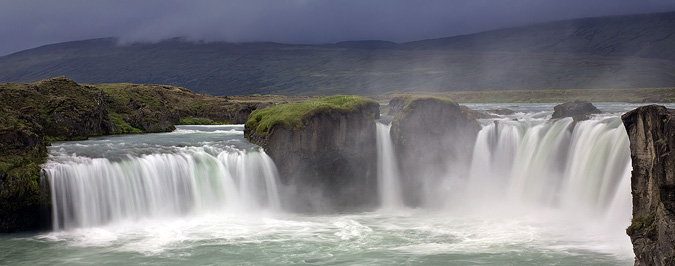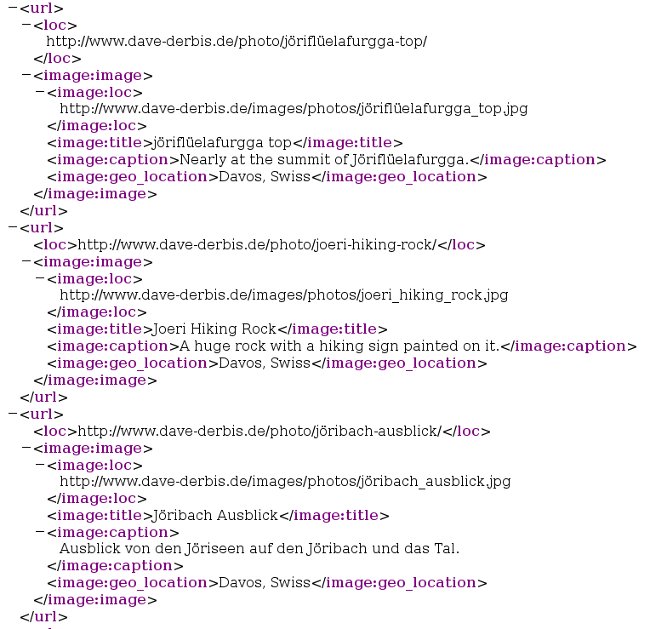New Sitemap Feature

The new Sitemap Module
With the last release of our gallery software we have implemented another new module named Sitemaps to improve the SEO performance of our websites. You might ask: What is a sitemap and what do I need it for? So in this post we will first explain a little about what a sitemap is and then we’ll explain how to use the new feature with the Dynamic Galleries System.
A sitemap is an XML-structured file with a list of all the pages like photos, galleries, articles etc. of a website. Google and other search engines have automated programs called spiders or bots which periodically crawl through a website to evaluate and index the various pages for their search results. These programms can only index pages and content that they can find through links on your site or from other sites on the web. Here the sitemap comes into play, because it allows the spiders to see all the pages and content of your website, even if some of them are buried deep in your site or not linked at all.

The sitemap will not improve a pages ranking in the search engines results, but it can help to increase the number of your websites pages that are indexed and found in the search engines. Another potential advantage is that the sitemap will list all your photos along with the corresponding title, location, and caption information. This could be beneficial for image search results because it’s telling the spiders the specific information about each image. Depending on the quality of your image descriptions you provide helpful information for the spiders that they normally have a hard time getting themselves since they cannot “see” the photos like we humans do.
So now we want to explain how you can start using this feature in our photo websites. The sitemap feature is set up to function manually. In other words, you have to select to generate the sitemap for the first time and each successive time. You can do this by going to More > Sitemap.
All your visible and not password protected articles, content pages, galleries and photos will be added automatically to your websites sitemap to improve search engine performance and visibility. You can additionally select pages like the NewsStream, Search Page, Guestbook, Contact and Payment Form etc. Now you can generate the sitemap with the Create Sitemap button on the bottom of that form. When you do that the application will automatically compile all your websites pages from the database and will create the sitemap.xml file. It will also link that sitemap.xml file within the robots.txt file so that the search engine spiders know where to find it.

The sitemap will not automatically update whenever articles, photos, galleries or pages are added, so you must do this whenever you want to update the sitemap file. We have build it that way because there are situations when you probably do not want to publish a gallery or specific articles and photos directly after submitting or uploading them. For example, you have created a new gallery and then uploaded 10 photos to it via our Add Photo Wizard to create a Trip-Report. You will then probably go back and modify photos titles, locations or other information and you might go back and modify the gallery or the article to add more text and change the formatting. You might not want to publish the new article and make it live until everything is exactly as you want it to. That’s why the sitemap updates have to be triggered manually.
A sitemap will never be detrimental to your search result or page rankings, so you don’t have to worry about updating it all the time. Mainly you’ll just want to update it after you have added an article, a gallery or a big batch of photos.
The Dynamic Galleries websites are already very search engine friendly, and the various galleries, photos and pages are already very easily navigable by search engine spiders. Nevertheless, the sitemap will ensure that all pages get indexed and may prove further beneficial for image indexing as well.





